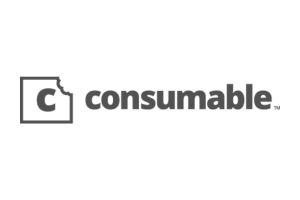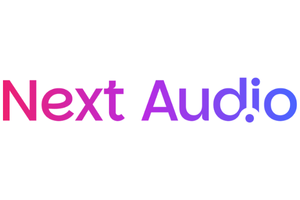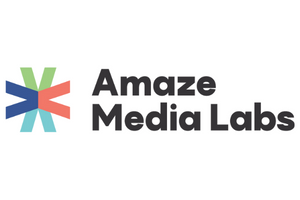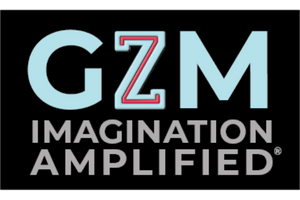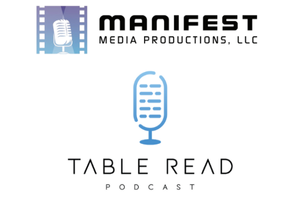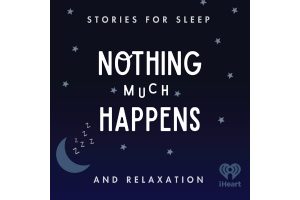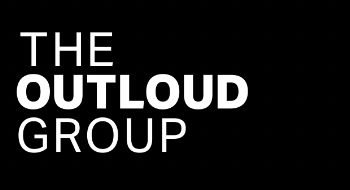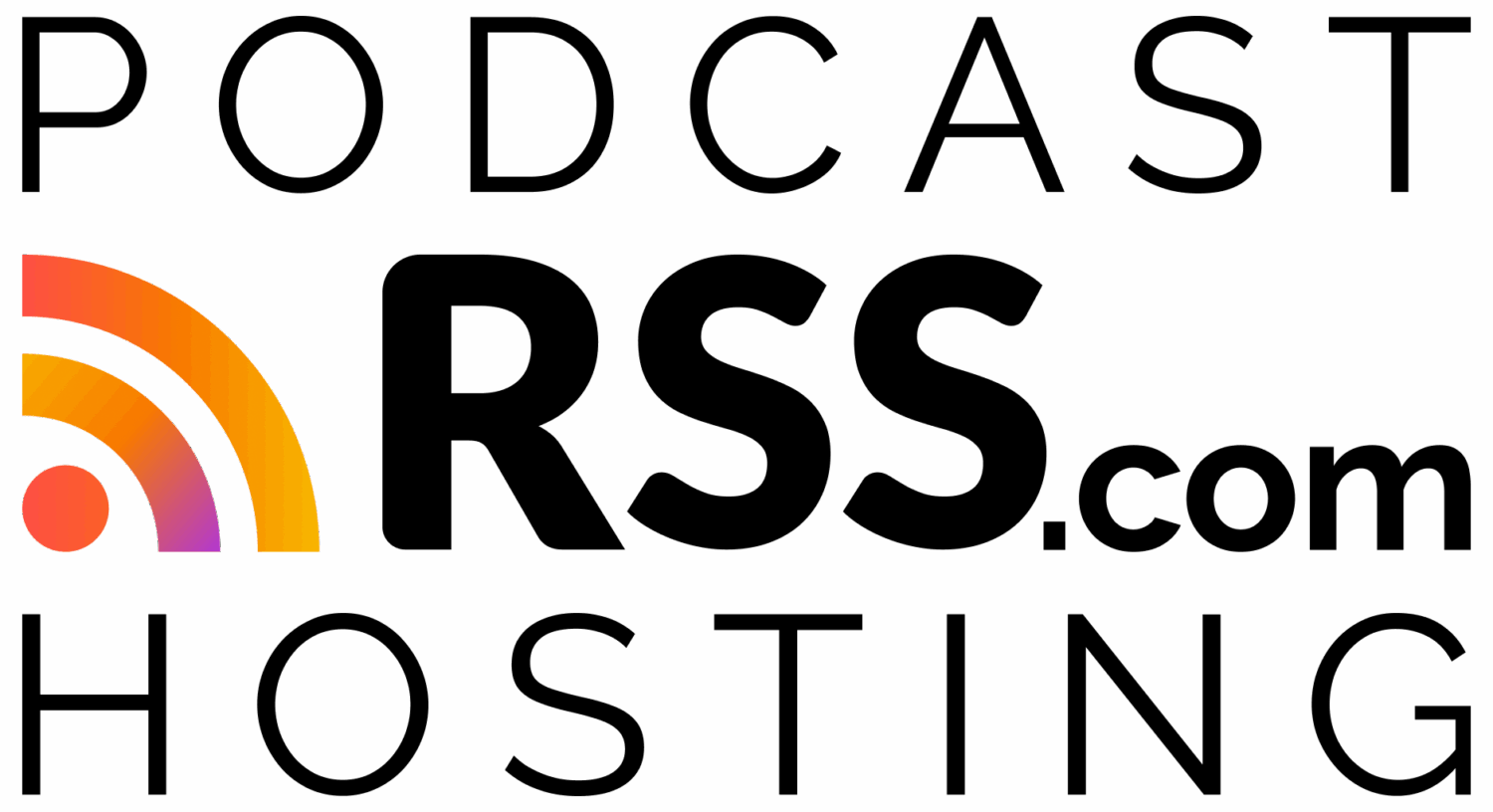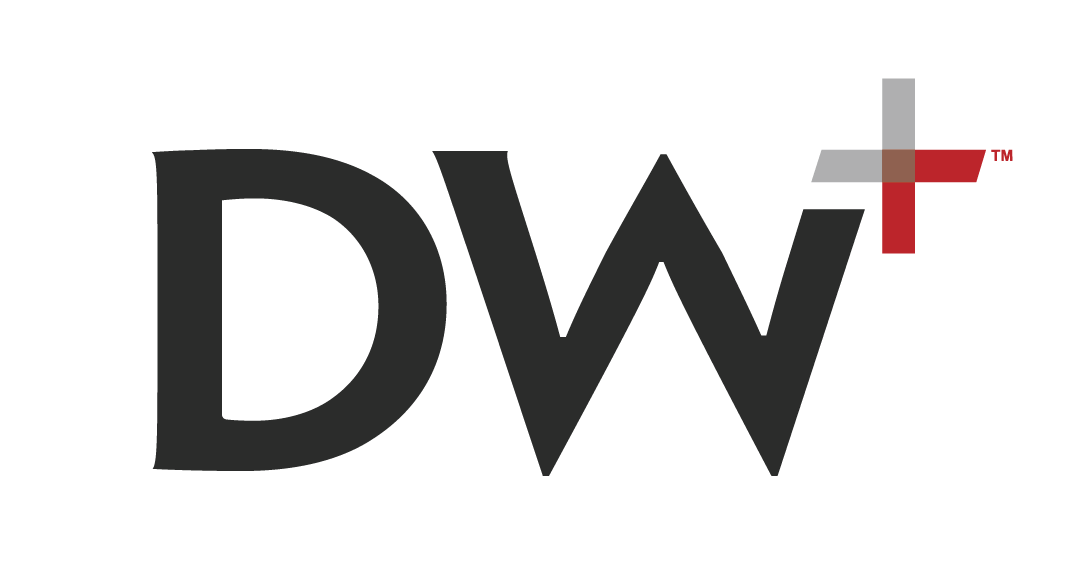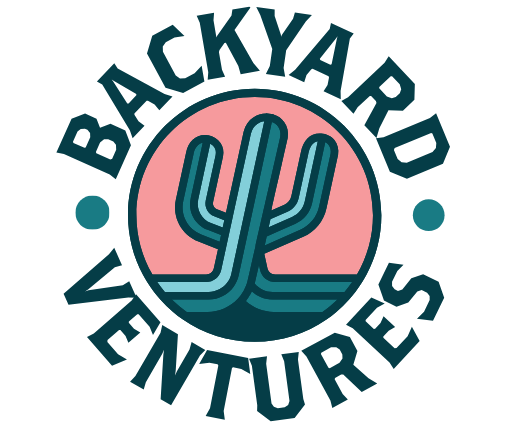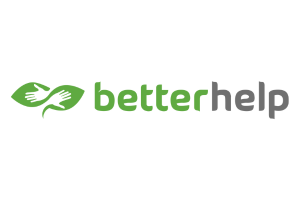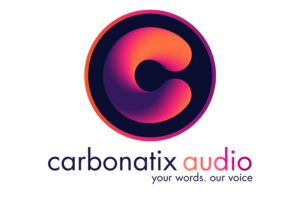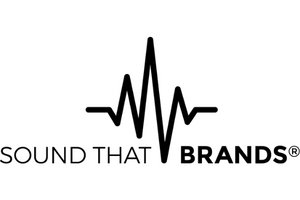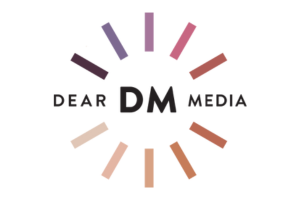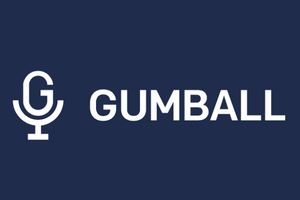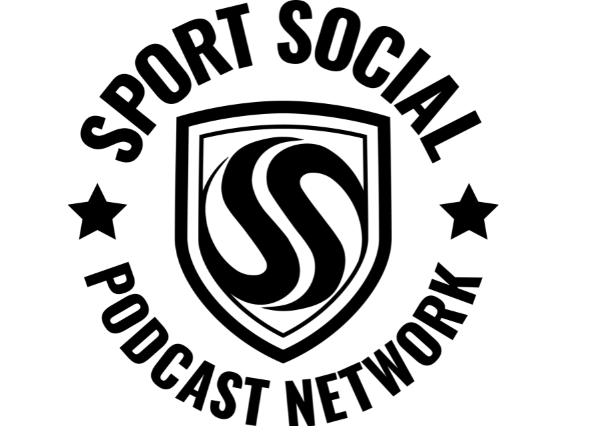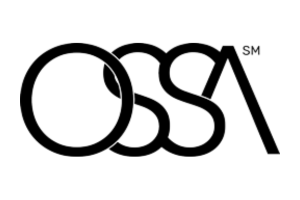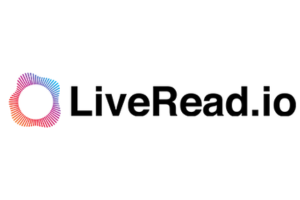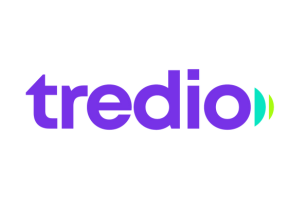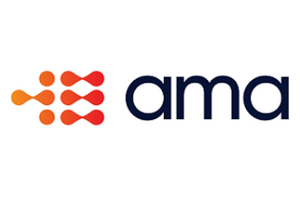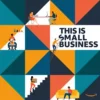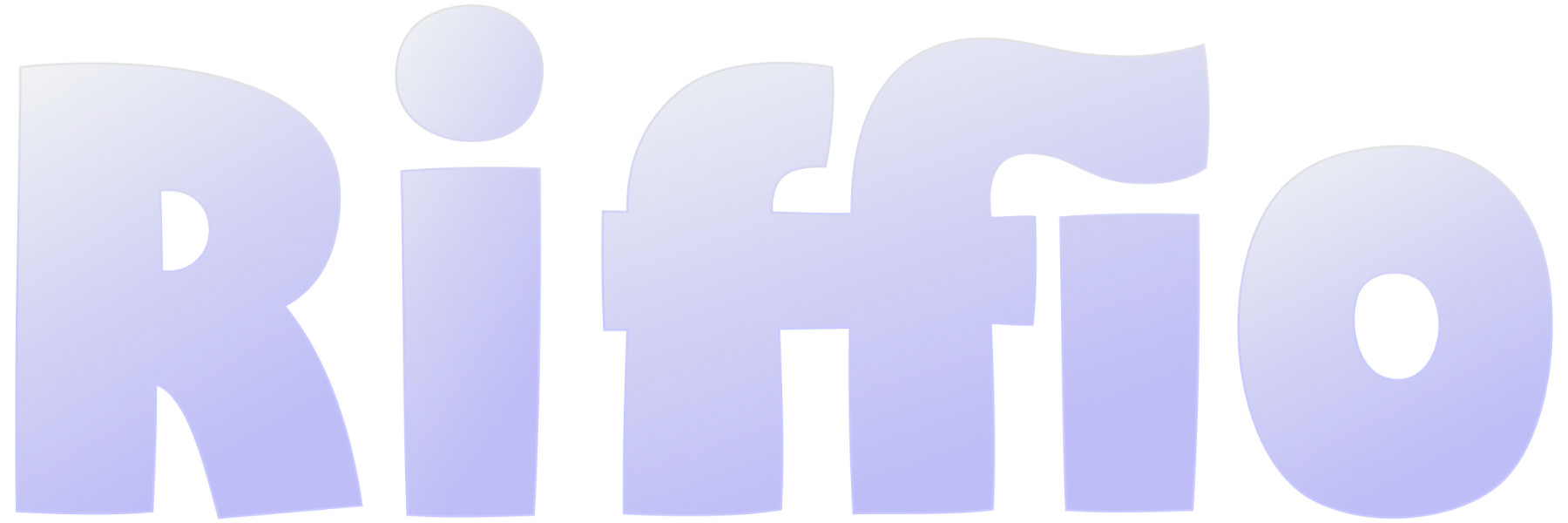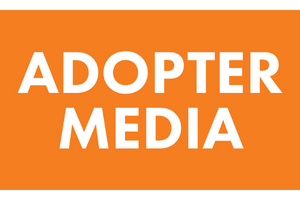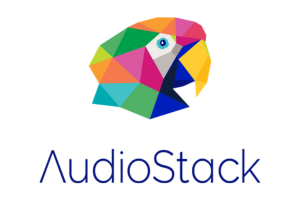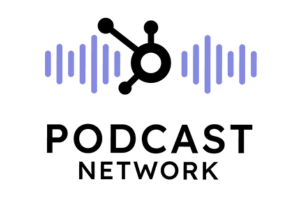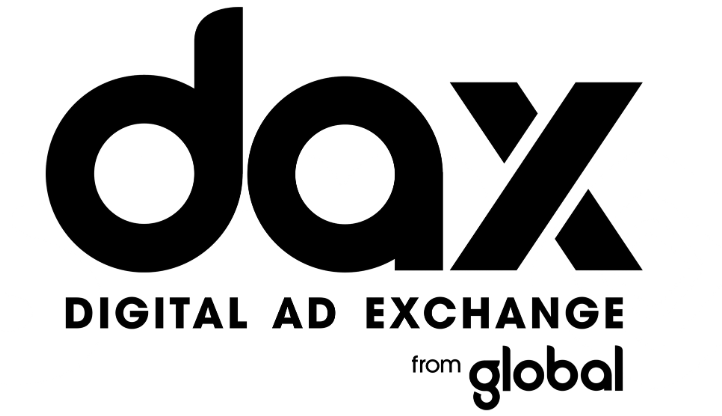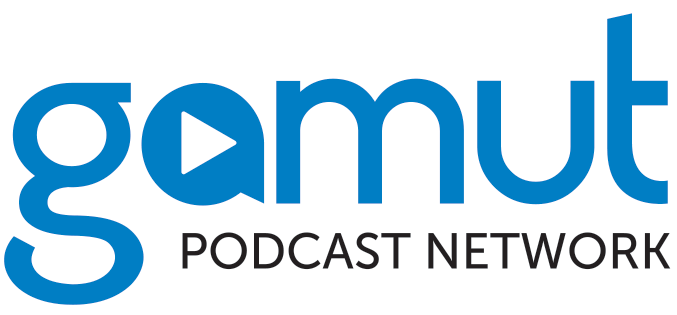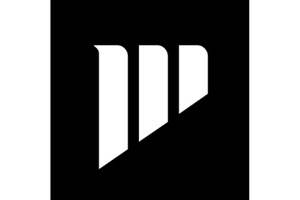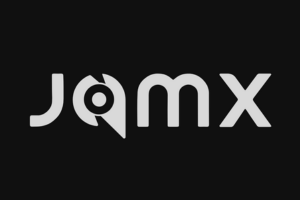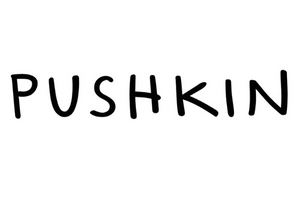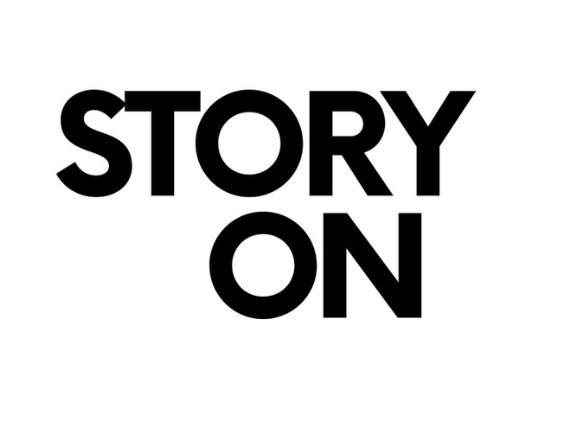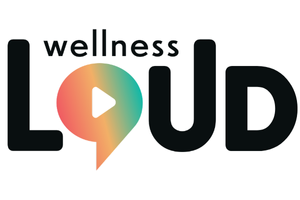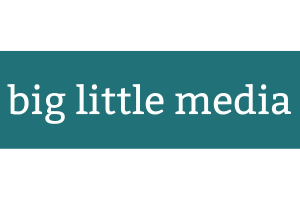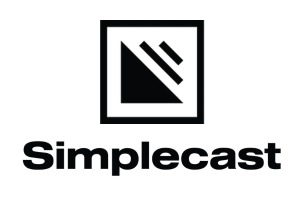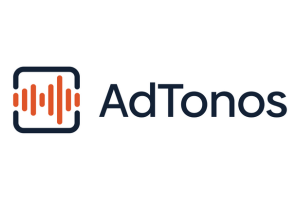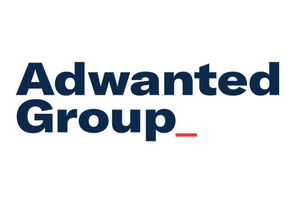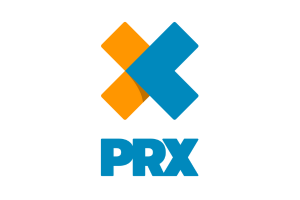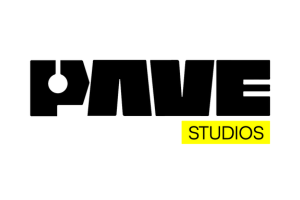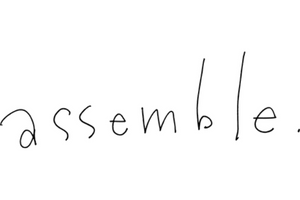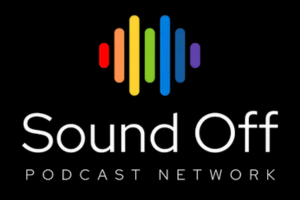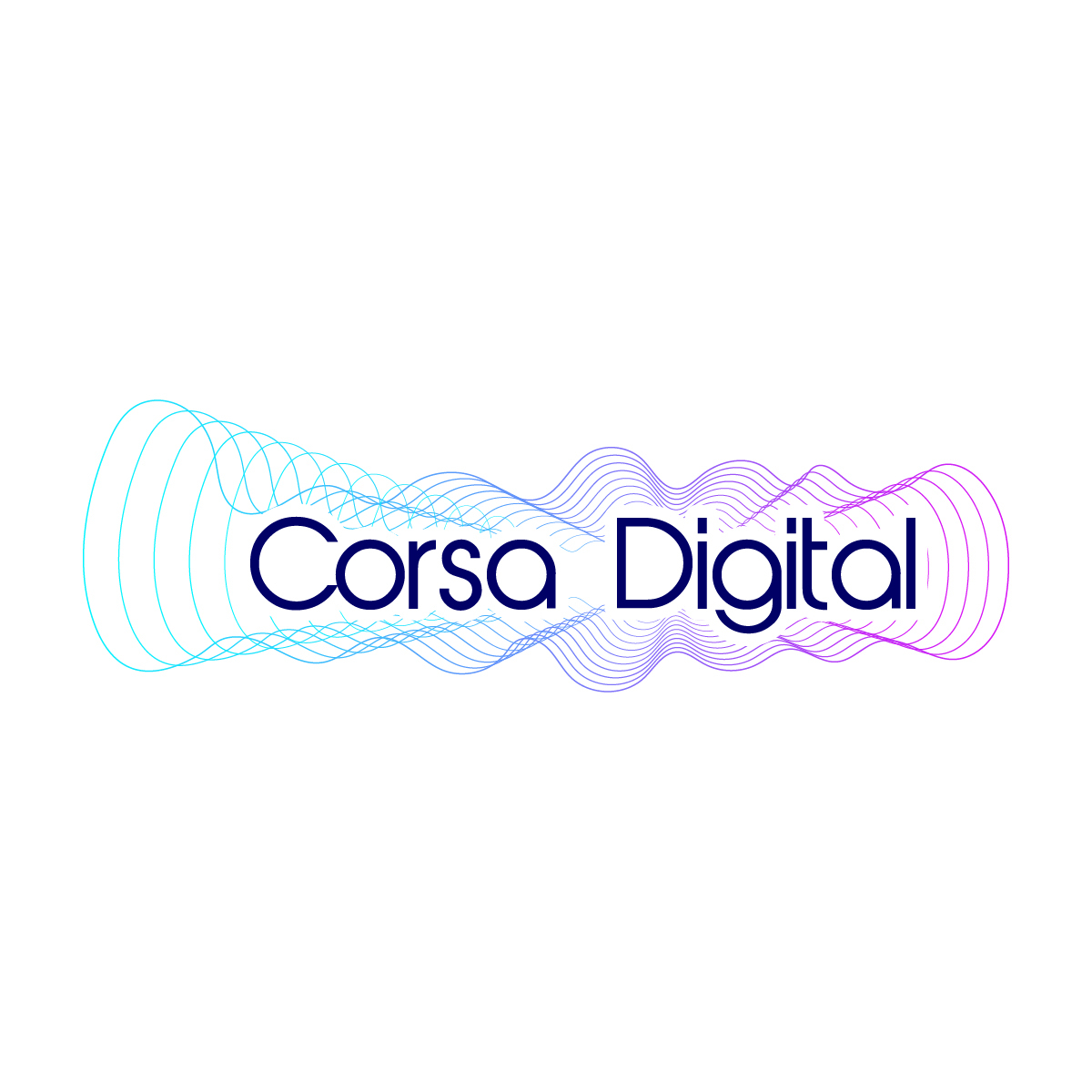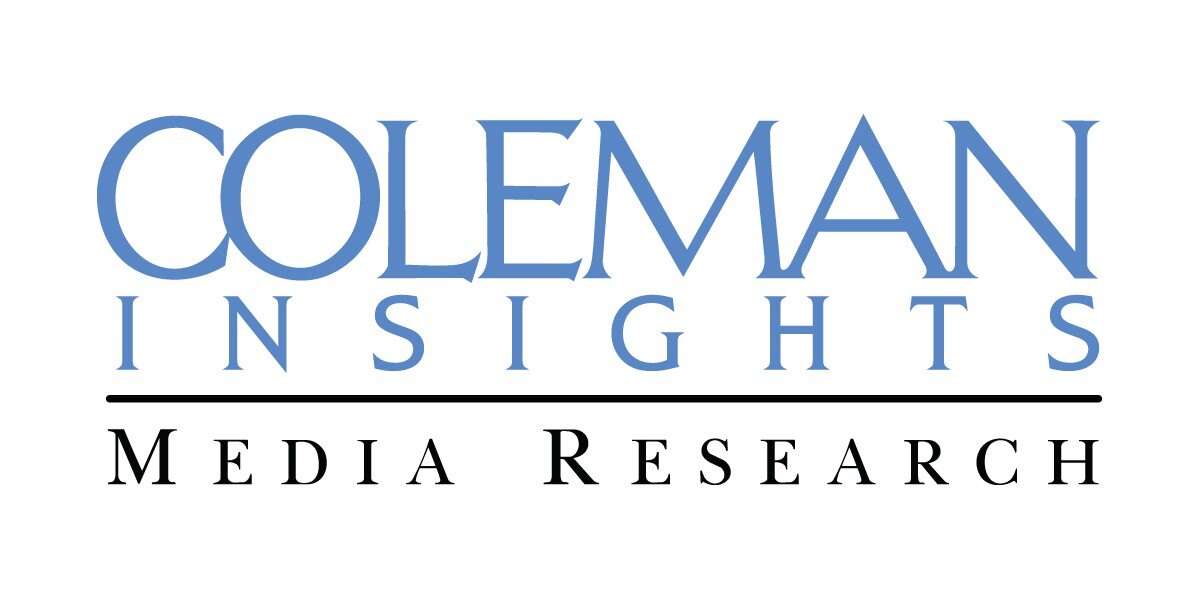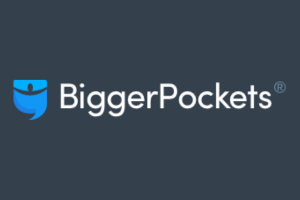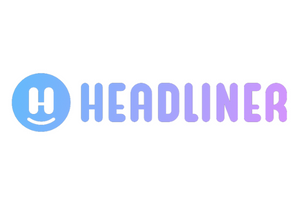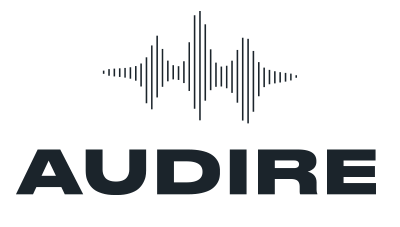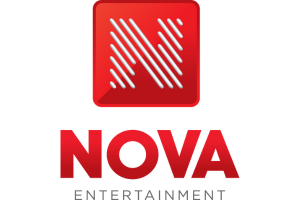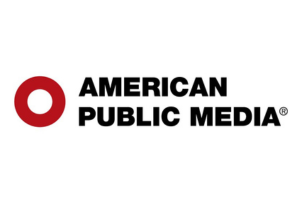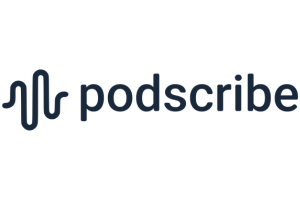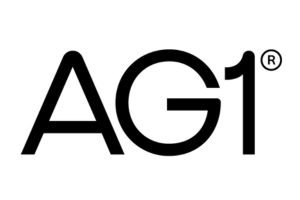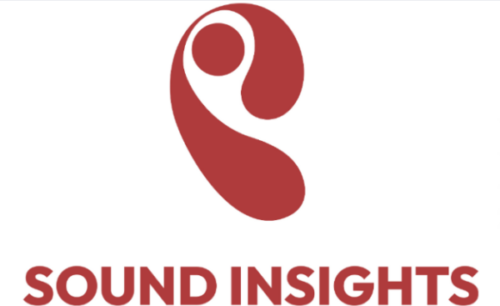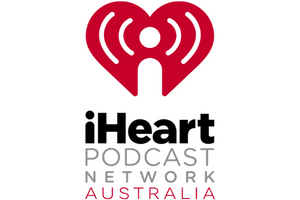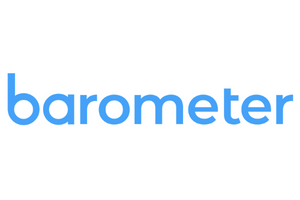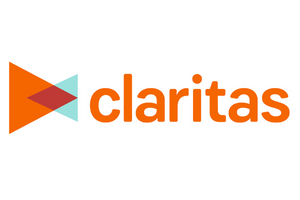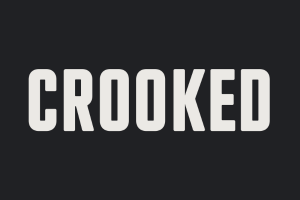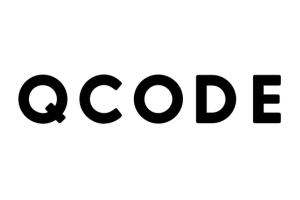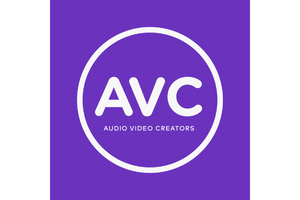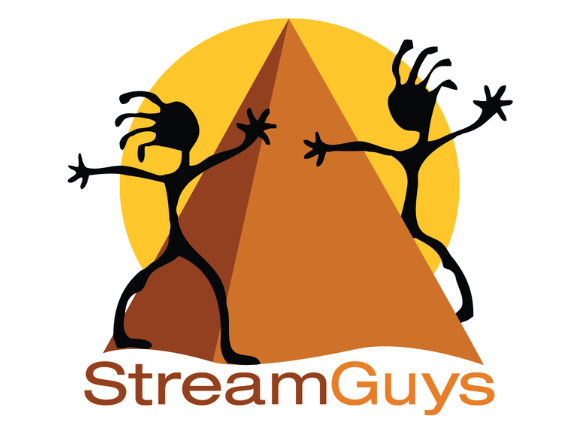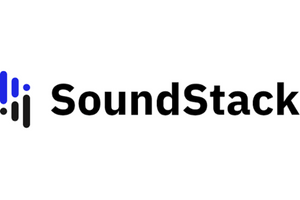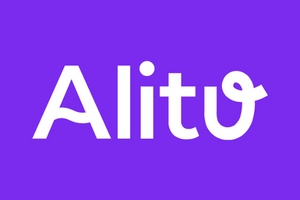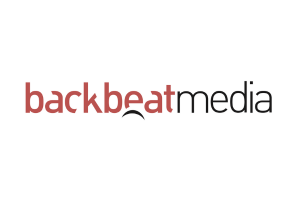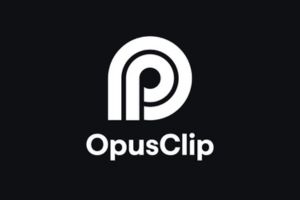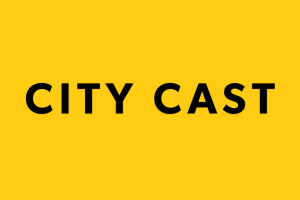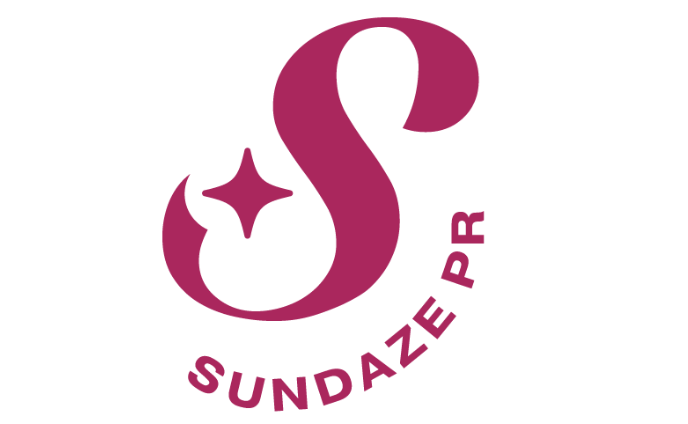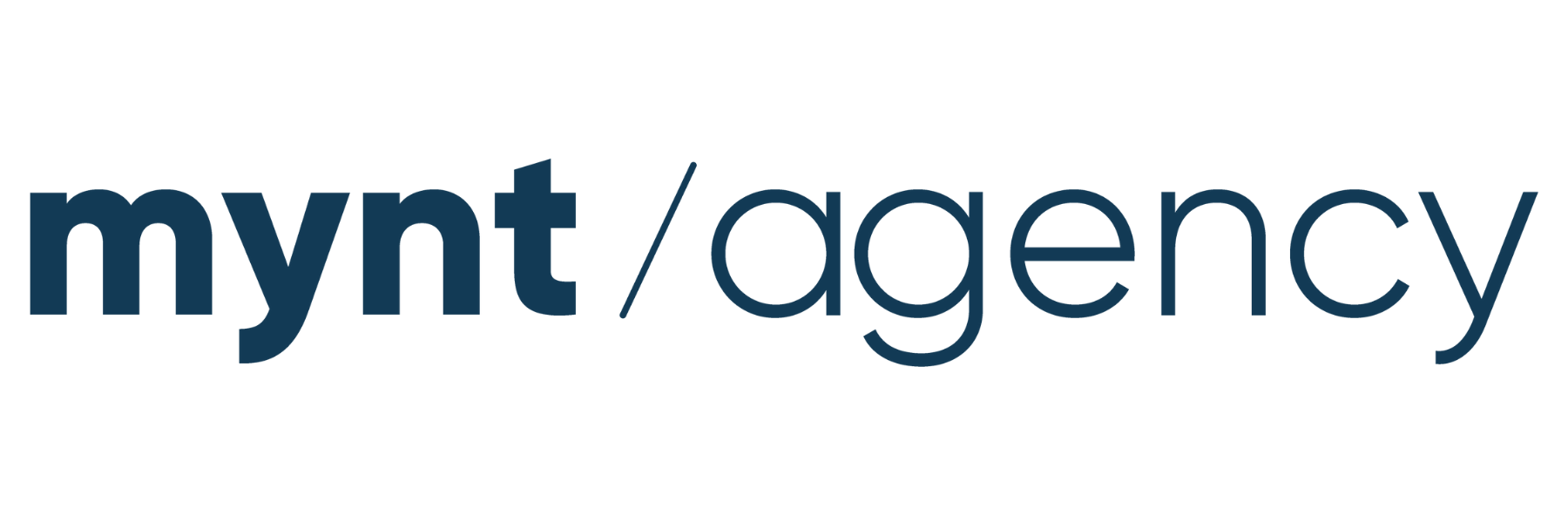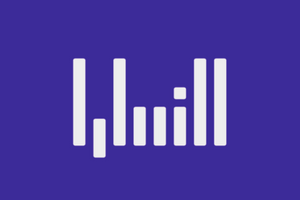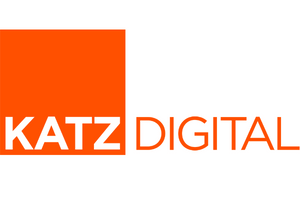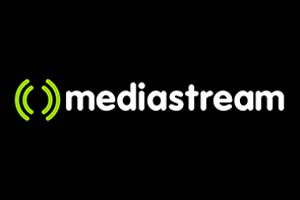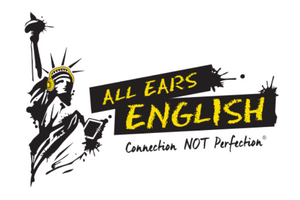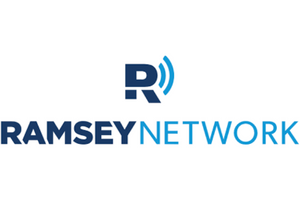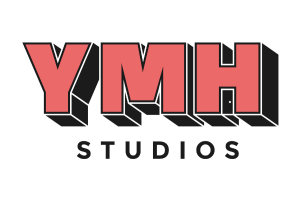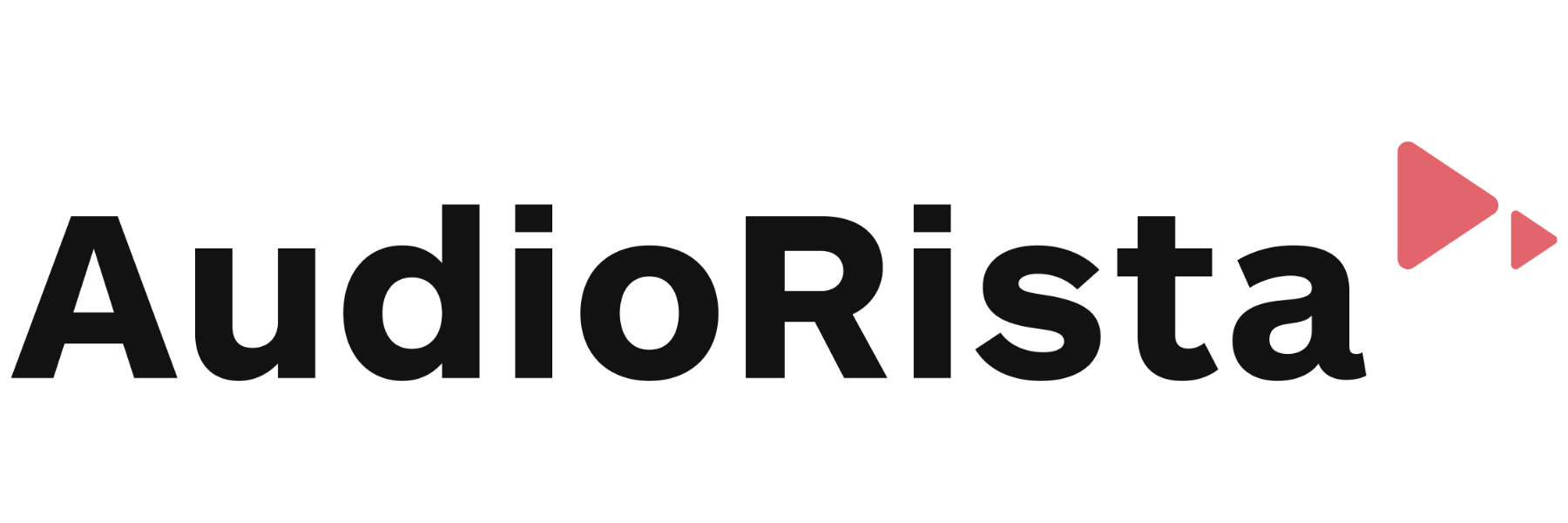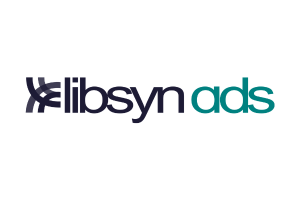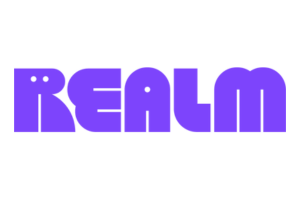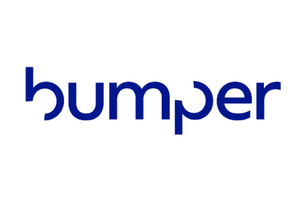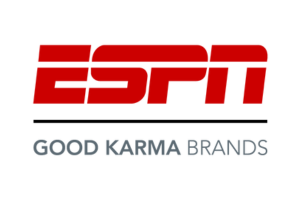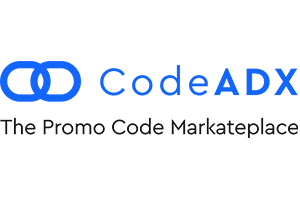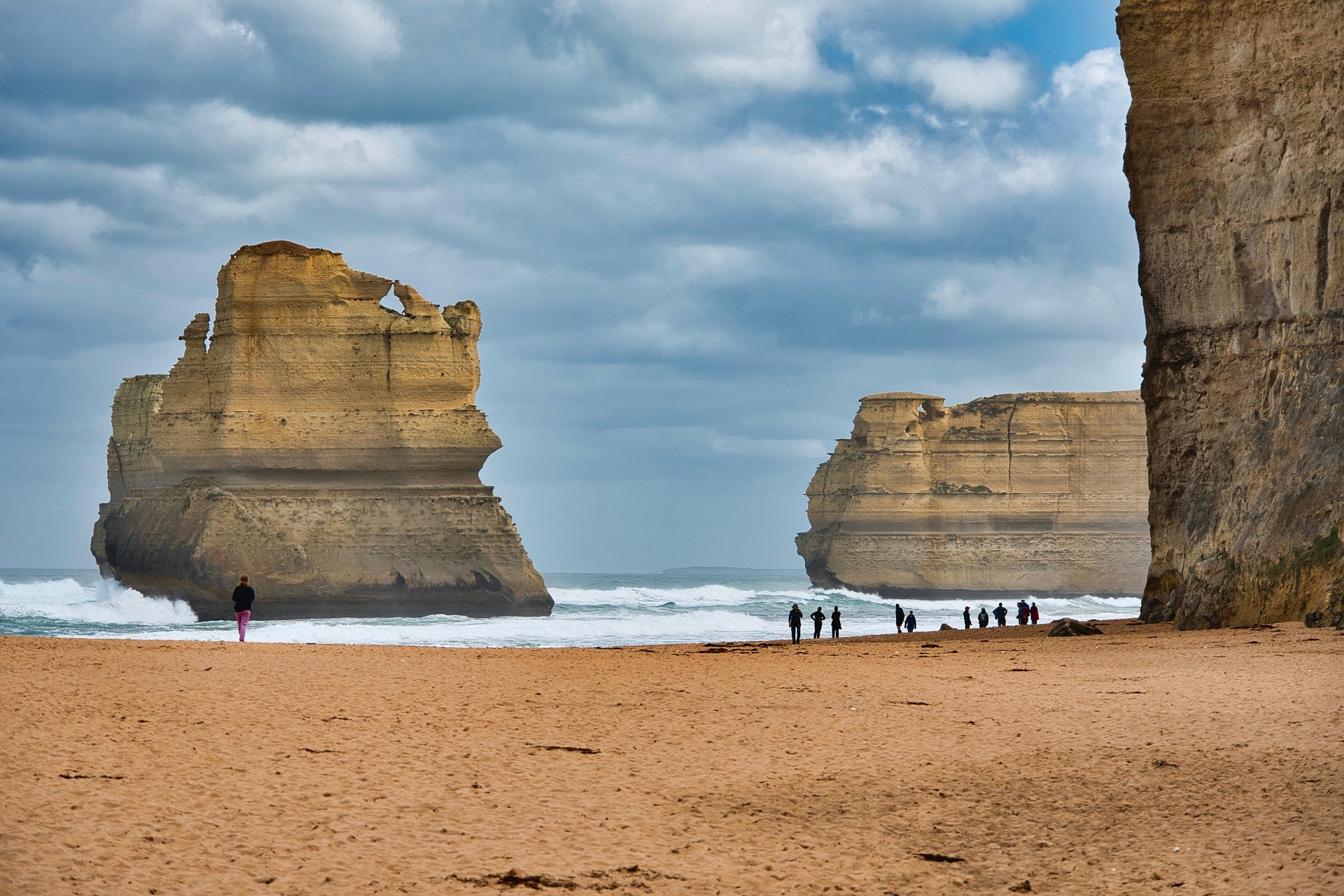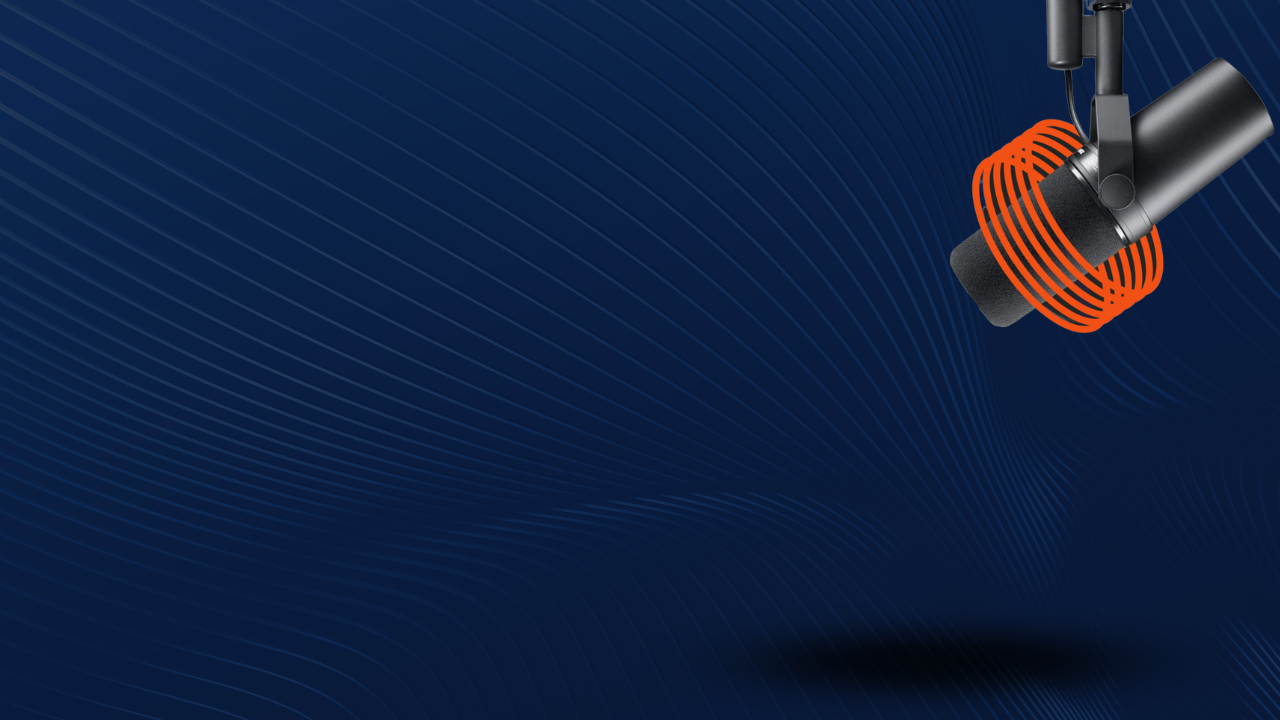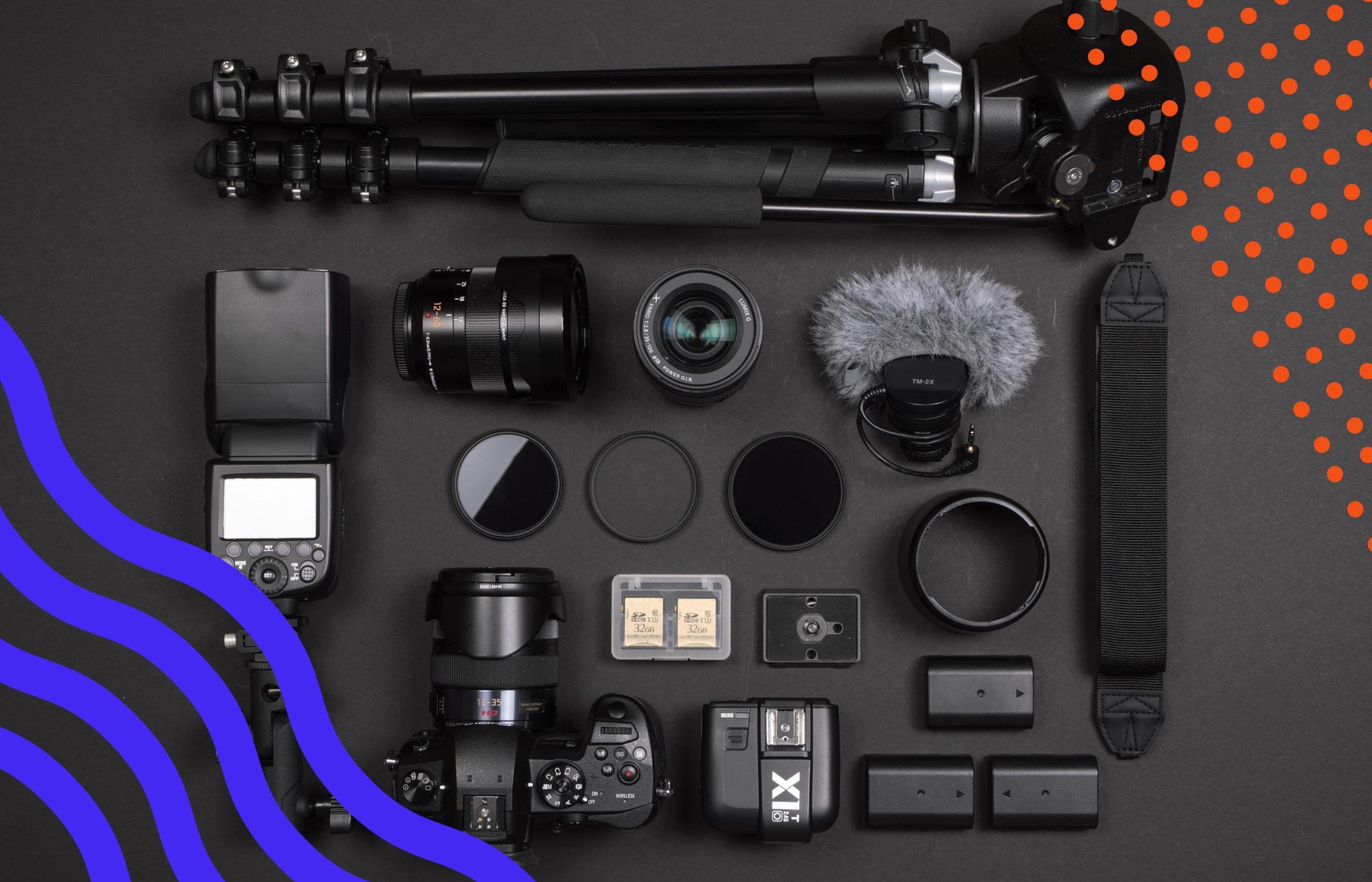Well, the Sounds Profitable team is back from a rich and eventful week at Podcast Movement, where I was able to debut the early findings from our upcoming third edition of The Podcast Landscape (the whole thing drops next week, by the way. YOU ARE GOING TO REGISTER, AREN’T YOU?)
This is our annual flagship survey of all things podcasting, and once again the largest publicly-available survey of podcast consumption in America. We have diligently been tracking both audio AND video podcast consumption for the last three years, and surely it shouldn’t surprise anyone that the amount of video content being consumed is on the rise. In fact, as has already been reported in Podnews, the growth of video consumption has certainly played a role in the year-over-year increase in the total weekly hours of podcasts consumed, now 6.3 hours (up from 6.0 in 2024).
Still, we wanted to go deeper on how that shakes out by platform: specifically, YouTube and Spotify, the two most-used platforms for video podcast consumption. So this year, we asked Americans 18+ who use either platform how much of their podcast consumption on each was for watching, not listening, to video podcasts. We got two surprising results. At least, I think we got one result that will surprise you, and one that surprised me. So here’s the news:
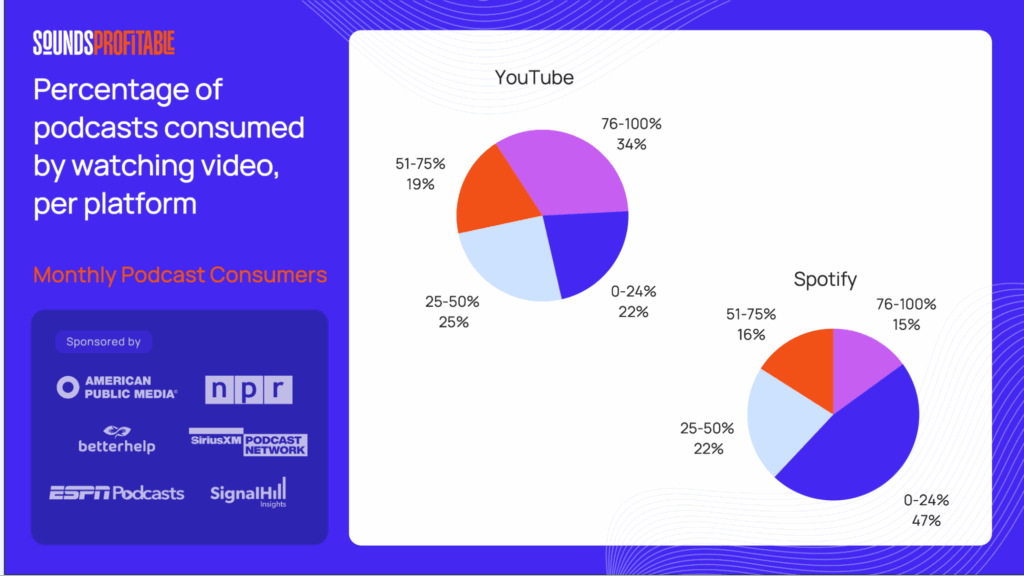
Here’s the one that might surprise you, and dispels the myth that video is eating the world. It is certainly true that a slight majority of YouTube podcast consumers say they watch more than half of their podcasts (19% say they watch 51-75%, plus the 34% who say more than 75). But that means that JUST under half use YouTube primarily to LISTEN, even if the podcast is a video podcast.
This means, of course, that if you are doing a video podcast specifically for YouTube, it better work as an audio podcast, or it will leave your audience unsatisfied and wondering what the graphic or picture you are referring to really is. Essentially, this stat confirms my suspicions about YouTube: it’s not necessarily about being on video. YouTube is just a really good app for podcast consumption. The app provides great search and discovery, community, and engagement. With 22% of YouTube podcast consumers LISTENING to more than 75% of their content there, it’s clearly about the app. Of course, you need a video component to be effective on YouTube, but if your audio doesn’t make sense, your podcast doesn’t make sense.
That might have surprised you, but I have seen plenty of data over the years about background/minimized YouTube audio consumption, and this just confirms the vitality of audio-first content. The Spotify number, however, DID surprise me.
I will admit that when I formulated this question, my hypothesis was that Spotify consumers weren’t really watching podcasts. We have all been used to Spotify as an audio platform, and there is a lot of inertia and “muscle memory” associated with app switching behaviors. While Rogan alone probably accounts for a healthy percentage of video consumption on Spotify, I wondered whether people would really use the platform differently to how they had been trained by Ed Sheeran and Taylor Swift over the years (or, for me, by Mastodon. RIP Brent Hinds.)
Certainly, as you can see, the amount of video consumption by Spotify users is lower than that of YouTube users. In professional research circles, we refer to that kind of finding as “no duh.” Technical term. But 15% of Spotify podcast consumers say they WATCH more than 75% of their podcasts there, and another 16% say 51-75%. So, more than three in ten consume the majority of their podcasts on Spotify by watching, not listening. That surprised me!
As mentioned, I don’t think we can discount the Rogan effect, which likely accounts for a noticeable percentage of that viewing. But not all of it. Rogan has clearly been an effective gateway to introduce Spotify users to video.
What do you think about these numbers? Did either of them surprise you? Hit reply and let me know. We are going to explore this more thoroughly, along with every other aspect of podcast consumption in 2025, next week in our debut webinar for The Podcast Landscape 2025. Register today and don’t miss out!
New Partners
Sounds Profitable exists thanks to the continued support of our amazing partners. Monthly consulting, free tickets to our quarterly events, partner-only webinars, and access to our 1,800+ person slack channel are all benefits of partnering Sounds Profitable.
- TYT is an online news network emphasizing open minds and open hearts.
- Owl & Co.: Management Consulting for Media, Tech and the Attention Economy, publisher of the Global Podcast Economy Study.
Want to learn more about partnership? Hit reply or send us an email!



